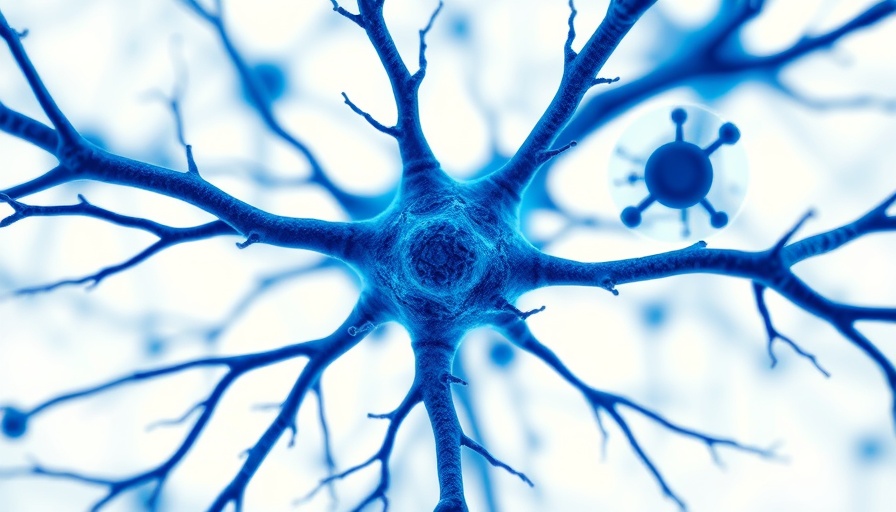
The Breakthrough in Connectomics Using Light Microscopy
In a remarkable advancement, researchers at Google, in collaboration with the Institute of Science and Technology Austria (ISTA), have unveiled a groundbreaking method that harnesses light microscopy to map the intricate neural networks within brain tissue. This innovation not only democratizes access to connectomics, previously dominated by the expensive electron microscopy, but also offers a promising avenue for future neuroscience research.
Why Is This Important?
The significance of this development lies in its potential to expand our understanding of the brain. Traditionally, connectomics has relied on techniques that require heavy machinery and substantial funding, limiting the ability of many research labs to delve into this complex field. By utilizing a newly developed workflow named LICONN (light microscopy-based connectomics), the researchers successfully mapped neurons and their connections in mouse brain tissue.
Unlocking New Technologies for Neuroscience
LICONN represents a perfect blend of innovative imaging techniques and computational processing. It has been validated using an automated reconstruction method, showcasing its effectiveness over a significant volume of mouse cortex. This means that researchers can now analyze both the structural and molecular properties of neurons simultaneously, illuminating their functional roles in the nervous system.
Implications for AI and Education
The breakthrough in neuroscience has broader implications, especially as artificial intelligence continues to reshape how we learn and work. The intersection of connectomics and AI reinforces the growing trend of applying machine learning techniques to enhance our understanding of complex biological systems. This paves the way for AI educational programs that can better prepare professionals in the field of neuroscience and beyond.
The Future of Neuroscience and AI
As AI tools become more integral to research, we can expect to see evolving educational platforms focused on AI for career development. With innovations like LICONN in the spotlight, students and professionals interested in neuroscience can access invaluable resources for learning AI online. Moreover, the business networking opportunities within AI communities continue to flourish, solidifying its relevance across various sectors.
A Call for Continuous Learning in AI
As this ground-breaking research unfolds, staying informed about artificial intelligence updates will be vital for anyone looking to thrive in this dynamic landscape. Engaging with AI tools for business not only enhances knowledge but also fosters networking events aimed at connecting like-minded individuals passionate about the future of work.
In conclusion, the work done by Google and ISTA not only offers new insights into the workings of the brain but also serves as a clarion call for those interested in the intersection of neuroscience and AI. Embracing these advancements is essential for anyone striving for growth and innovation in their careers.
 Add Row
Add Row  Add
Add 





 Add Row
Add Row  Add
Add 


Write A Comment